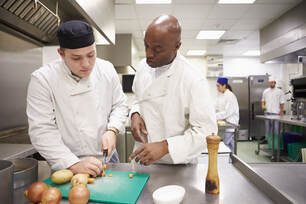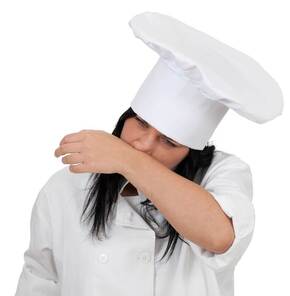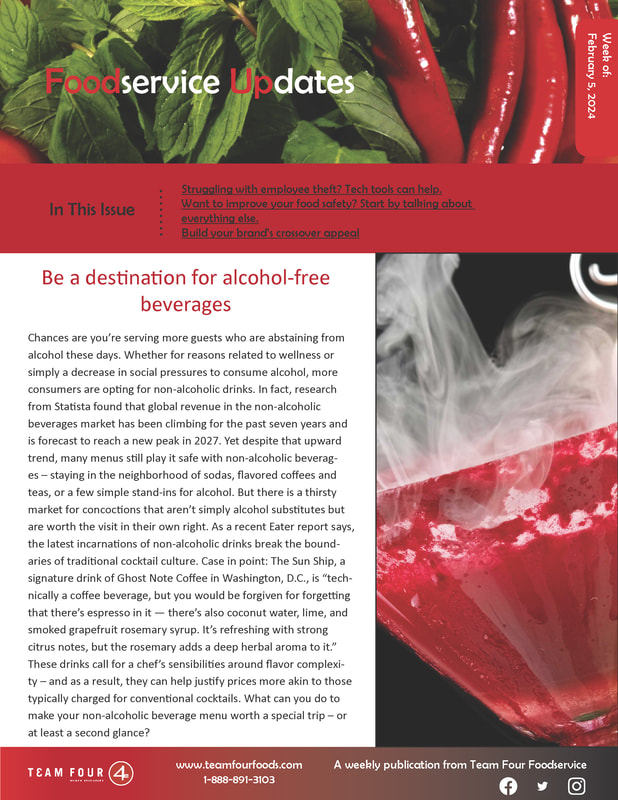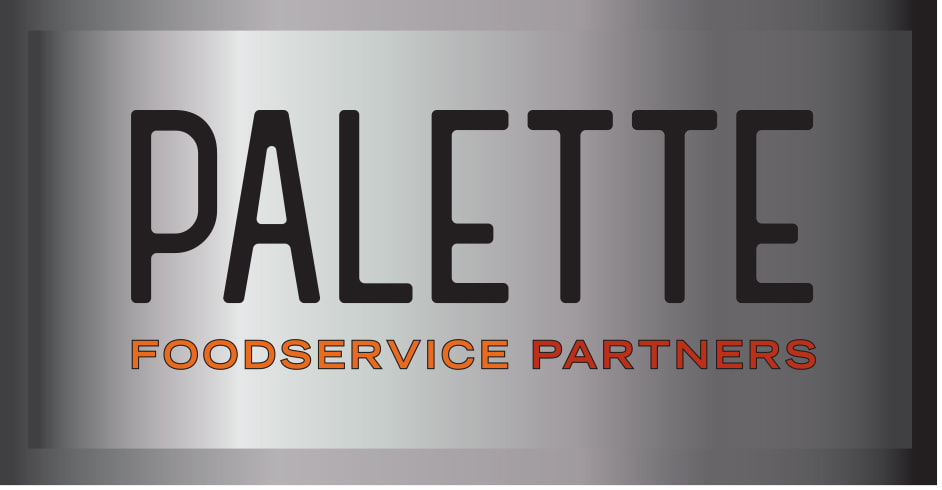 Food safety is everyone’s job – but does everyone in your organization sincerely believe that? They may not if people in different functional roles aren’t held accountable for upholding it. Consider this: If you have only a core team of people focused on food safety, they can become the pesky watchdogs of your business, setting up an adversarial relationship with staff in other functions. Spreading the responsibility around – for example, having someone in marketing take charge of food safety training videos from your CEO, or partnering with HR on an improved food safety rewards and recognition program – can help ensure everyone commits to your food safety culture.  Is your message getting across when it comes to enforcing food safety practices in your restaurant? It may not be. Perhaps you have staff from a different culture who don’t yet have the English-language proficiency to fully understand your training as it is currently delivered. Even staff who don’t face a language barrier at work might have been raised with different views on whether a food is safe when kept unrefrigerated or when it is necessary to wash hands. Tasks that are perceived in different ways are likely to be completed differently as a result. Conducting ongoing training and, just as importantly, taking care to assume nothing about a person’s knowledge, can help you uncover surprising gaps in your food safety culture.  The prospect of a health and safety inspection can cause anxiety for restaurant teams, but it doesn’t have to. In addition to your ongoing training efforts, zeroing in on different parts of your operation on a rotating basis can help you reduce the overwhelm of managing overall food safety while ensuring you’re not overlooking something important. As winter gets closer and the warmth and aromas from your kitchen call pests inside, consider double-checking your food storage practices. Confirm that all items are stored at least six inches off the floor and in proper containers that prevent contamination. Ensure containers are accurately labeled. Store any dangerous chemicals away from food or tools that come into contact with it. Check appliances and food contact surfaces to ensure they are in good condition and free from any food residues that can attract pests.  We’re approaching the time of year when the rise of seasonal viruses can more easily mask some of the pathogens that cause foodborne illness. Doubling down on the food safety training practices that can prevent common foodborne illnesses like norovirus, salmonella and campylobacter may help you prevent larger problems. Washing fruits and vegetables carefully, cooking foods the proper temperature, keeping items left out for serving — such as gravies — at safe temperatures, and frequent hand washing with soap can all help reduce your risk.  More than one-third of work-related injuries happen during people’s first year on the job — and the most insurance claims from first-year workers (53 percent) come from the restaurant industry. That’s according to the 2022 Injury Impact Report from Travelers, which examined 1.5 million workers’ compensation claims over a four-year period. Keep this in mind as you onboard and train new staff, particularly as other important concerns like Covid regulations, food safety and staffing vie for attention in restaurant kitchens. At a time when so many restaurants are stretched for resources, ensure you at least take stock of what basic knowledge and support people need to prevent injury before they begin work.  After more than two years of uneasiness over the first signs of sickness — and uncertainty over whether a mild cough was the start of the flu, Covid, a cold, or nothing at all — we’re likely in for more of the same this year. Review your procedures for staff sickness, absence and substitute coverage this season so you can bring as much clarity as possible to a murky issue. If you have relaxed standards around masking and other personal protective equipment over the summer, it may be time to reinstate them in the interest of protecting staff and guests from illness.  Even if you have the best food safety procedures in place for your operation, some obstacles may be standing in the way of your achieving the results you want. Perhaps the problem stems from inconvenient locations for hand sinks, insufficient tools to carry out kitchen tasks, or language barriers getting in the way of clear communication. Perhaps due to the high rate of employee turnover in the industry, you’re having to move more seasoned staff to tasks like food preparation and serving while assigning new workers to cleaning and sanitation duties even if they haven’t had adequate training. According to Steritech, there is a direct correlation between manager turnover and the quality of line-worker training and the overall performance of a store. (The improvement only levels off once a manager has been on the job for 10 years.) That makes it especially important to prioritize the training and retention of new managers who can spot errors early and ensure key sanitation efforts don’t slip.  Every restaurant needs a support system to uphold food safety standards and ensure they don’t go downhill during certain shifts. Recruiting a team of advocates can help you build and strengthen your food safety culture — especially if you manage to win over as advocates any staff who are initially skeptical of the effort. In addition to helping you ensure day-to-day food safety tasks don’t fall through the cracks, your safety squad can take on larger initiatives on a cyclical basis, starting with the problems that pose the biggest risks to the business. |
subscribe to our newsletterArchives
April 2024
Categories
All
|



 RSS Feed
RSS Feed